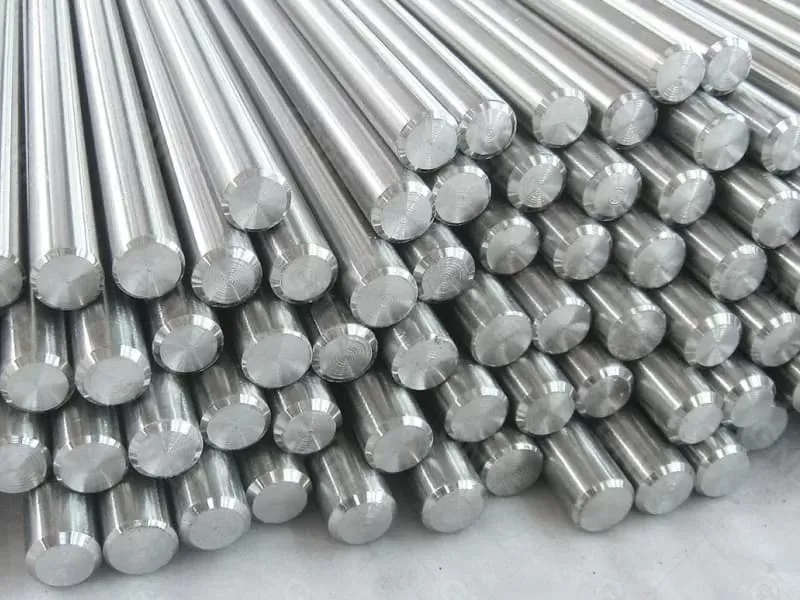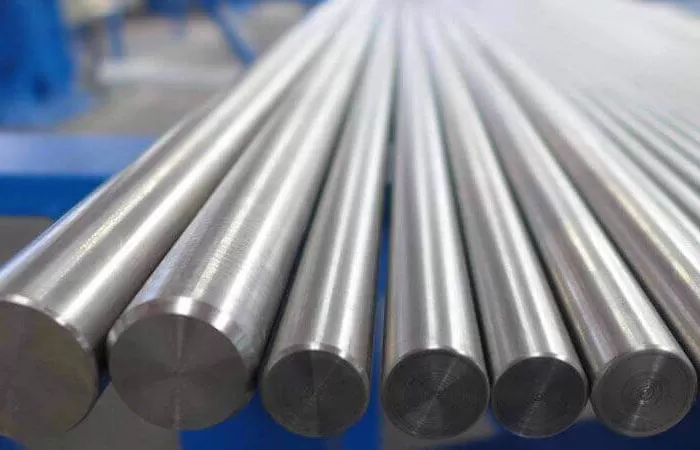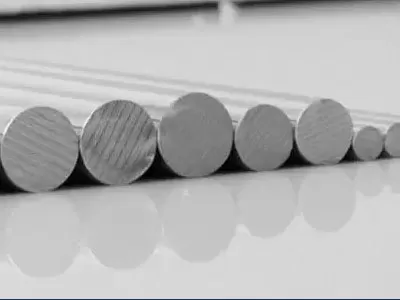
Few materials have influenced modern engineering as profoundly as Inconel 718. Developed in the late 1950s, this nickel-based superalloy has become indispensable for aerospace turbines, energy generation, and cryogenic containment systems. What makes Inconel 718 remarkable is not simply its strength — but its stability: a carefully engineered balance between microstructure, manufacturability, and high-temperature endurance.
Inconel 718 is a precipitation-hardened nickel-chromium-iron alloy (UNS N07718), strengthened primarily by γ′ (Ni₃(Al, Ti)) and γ″ (Ni₃Nb) intermetallic phases. The γ″ phase is the key — providing exceptional resistance to creep and stress relaxation up to about 700 °C. Typical composition includes Ni ≈ 52%, Cr ≈ 19%, Fe ≈ 18%, Nb + Ta ≈ 5%, Mo ≈ 3%, Ti + Al ≈ 1%.
This chemistry forms a microstructure capable of maintaining high yield strength (~1030 MPa at room temperature, ~750 MPa at 650 °C), while resisting oxidation and thermal fatigue. What truly distinguishes Inconel 718 from older nickel alloys like 625 or 706 is its slow age-hardening response, which allows safe fabrication — the alloy can be welded or machined in the solution-annealed state before aging.
Round bars serve as the most versatile semi-finished product for Inconel 718. Their fine grain control, uniform chemistry, and isotropic mechanical behavior make them the foundation for high-integrity components. These bars are commonly processed by vacuum induction melting (VIM) followed by vacuum arc remelting (VAR), ensuring low inclusion content and superior fatigue life.
Typical applications include:
Aircraft engine shafts and fasteners — where sustained tensile load and thermal cycles coexist;
Gas-turbine rotor bolts and spacers, requiring reliable stress-rupture life;
Cryogenic pump shafts, where the alloy’s retained ductility at −250 °C prevents brittle fracture;
Oil-and-gas drilling tools, resisting both heat and corrosion at great depths.
From bar to component, processing discipline dictates performance. After forging and solution treatment (≈ 980 °C), the bars undergo age-hardening through a dual-stage precipitation sequence: typically 720 °C × 8 h → cool → 620 °C × 8 h. This yields the optimum balance of strength and toughness.
Machining, though challenging, is feasible using carbide tools and slow feed rates. Modern additive–subtractive hybrid manufacturing often integrates forged 718 bar segments into printed superalloy structures, optimizing cost and reliability.
With the rise of hydrogen turbines and supercritical CO₂ power cycles, Inconel 718 remains a first-choice material. It resists hydrogen embrittlement more effectively than many steels, retaining fatigue resistance even under partial pressure hydrogen exposure. This makes 718 bars critical for hydrogen compressor shafts and seal rings.
The industry now explores nano-scale precipitate control using thermomechanical processing and AI-based heat-treatment optimization. These advances extend the upper temperature capability by up to 50 °C without sacrificing ductility. As energy systems become more demanding, the humble Inconel 718 bar continues to embody engineering reliability — a timeless alloy for an age of transformation.

2025-11-19 14:09:22

2025-11-07 17:27:49

2025-11-05 15:44:44

25th floor, C3 Building, Wanda Plaza, Kaifu District, Changsha, Hunan Province, China